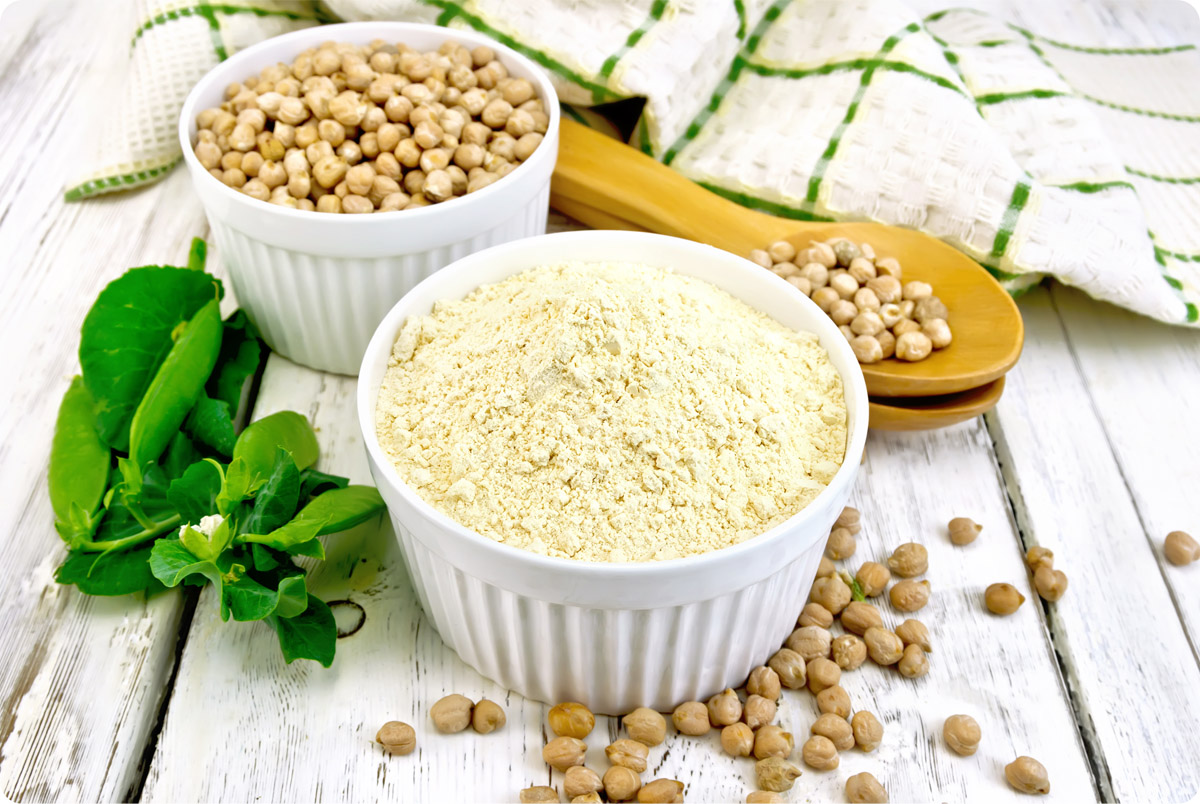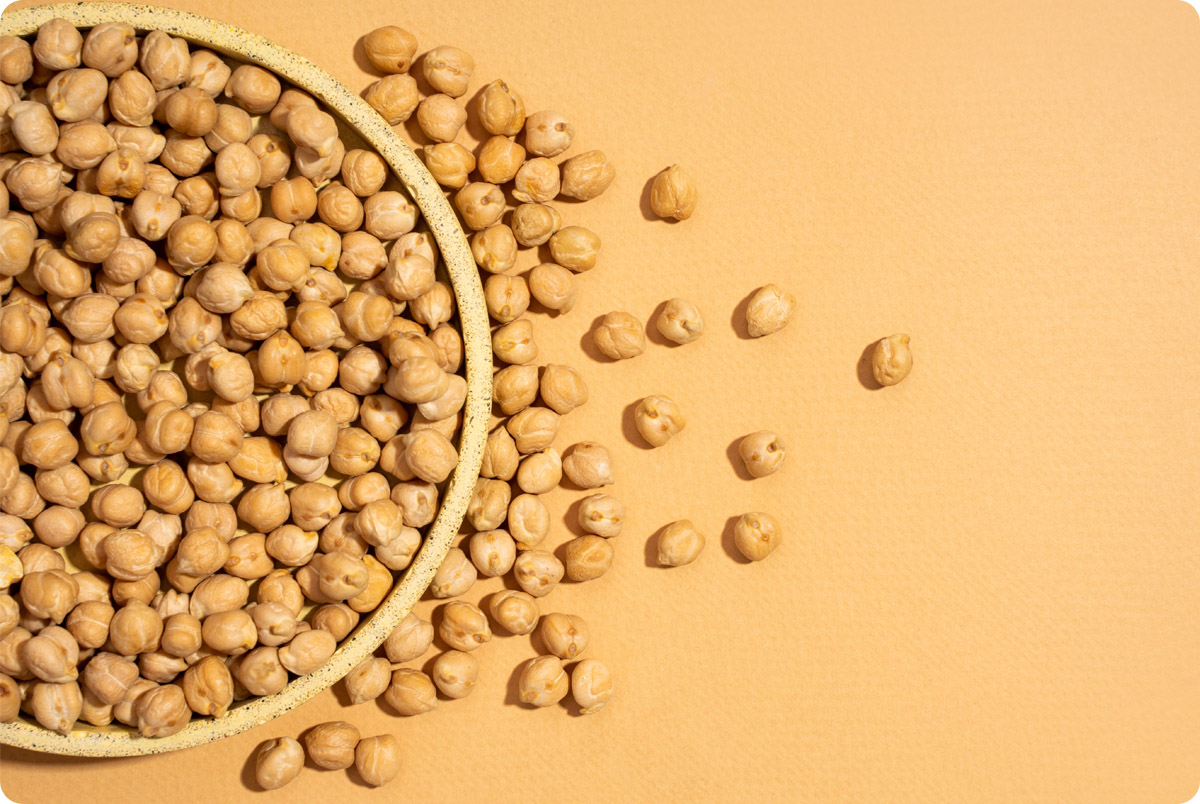October 16, 2025
The ingredients sector is no longer a side note to the pulses trade. It’s becoming a cornerstone of the plant-based and clean-label movement. With demand accelerating across regions and applications, the opportunity is vast — but the future will reward those who can combine scale with credibility: security, quality, functionality, and certified transparency.


The pulse ingredients market is set for strong growth, fueled by demand for plant-based, clean-label foods. For processors, certifiers and manufacturers, the next few years will be defined by segmentation, innovation, and pressure to deliver consistency.
Wherever you look, numbers are pointing upward. The Business Research Company values the global pulse ingredients market at USD 21.1 billion in 2024, rising to USD 27.5 billion by 2029 — a 5.6% CAGR. Others, like Mordor Intelligence, are going further, projecting USD 32.2 billion by 2030 with pulse proteins leading the charge.
Growth cuts across every segment. By ingredient type, pulse flours captured 36.3% of 2024 revenues, while isolates and concentrates are set to post the fastest CAGR at 5.7%. By source, peas dominated with 35.1% market share, and chickpeas are projected to grow 5.5% CAGR through 2030. On the application side, food and beverages accounted for nearly two-thirds of global demand, with animal feed rising at close to 6% CAGR.
Geography matters, too. In terms of regional patterns, Asia-Pacific led with 38.6% of global share, boosted by demographic growth, higher incomes, and expanding appetite for convenient plant-based foods. North America and Europe are also entering a new growth phase — where consumers now look beyond protein content to functionality, certification, and clean-label credentials.
And the market is consolidating at the top. In 2024, Ingredion, Roquette, and ADM together held nearly 38% of global revenues, underscoring the influence of major players in shaping supply, pricing, and innovation.

The next-generation pulse ingredient? Chickpea isolates are gaining traction as a functionally superior alternative, especially for emulsification and stability.
As the market scales up, it’s increasingly clear that success will depend less on volume and more on functionality, reliability, and the ability to provide traceable supply chains, with buyers across the world demanding guarantees around quality, safety, and certified sourcing — now viewed as pillars of both trust and food security.
“Certification and shared standards are becoming increasingly important in building trust and accelerating adoption of pulse ingredients”, says Vivienne Angeli, Head of Business Segment Pulses at Bühler. “As the industry consolidates and moves beyond small-scale processing toward higher levels of food safety, hygiene, and efficiency, these standards help align pulses with established bulk commodities such as wheat. This trend is growing, as both global food companies and traditional traders recognize the value of clear benchmarks that support scale and consumer confidence.”
At the center of this push is the International Pulse Ingredient Consortium (IPIC), which is driving ingredient standardization as a shared framework for food companies. “With certification and standards emerging as key differentiators in global supply chains, initiatives like IPIC are a first and necessary step for the pulse industry. For example, the focus of IPIC was to establish commercially relevant definitions for the major categories of pulse ingredients and their common traits or specifications”, explains Julianne Curran, VP of Market Innovation at Pulse Canada. “There's also work underway to identify the best practices or preferred methods to measure pulse ingredient quality and functionality. Agreement across the industry on definitions and methods helps build confidence, comparability, and ultimately, greater market opportunity. They also provide a critical foundation to enable certification and standardization.”
Canada remains a frontrunner, with Pulse Canada investing in downstream processing and innovation platforms for flours, proteins, starches, and fibres, while Protein Industries Canada — the federal “supercluster” initiative — is funding projects that blend pulses with cereals to improve performance and add domestic value. But the ecosystem is broader: across Asia and Europe, processors are also scaling up R&D to deliver cleaner, high-performing ingredients aiming to capture growth in both local and export markets.
However, regional nuances still shape the path forward. “In Europe, certification and regulatory compliance are already highly advanced, while North America often emphasizes scalability and efficiency, and Asia Pacific shows greater variability depending on labor availability, local regulations, and consumer preferences. These differences influence how quickly standards are adopted, but the overall direction is toward harmonization”, says Vivienne Angeli.
Despite the strong momentum, pulse proteins face hurdles, particularly in sensitive applications such as dairy alternatives and nutrition bars: off-flavors, texture issues, raw material variability, and cross-crop competition still limit adoption. Yet moving forward one truth holds — credibility in supply chains will be as decisive as market share.
“Looking ahead, the biggest driver for scaling pulses beyond their commodity role will be innovations in processing that improve ingredient functionality - especially taste, texture, and performance in end products. Addressing off-notes and unlocking better processing technologies enables pulses to deliver more value-added applications”, says Vivienne Angeli. “Combined with their natural nutritional profile, these advances will allow pulses to move from niche to mainstream inclusion across a wide range of food categories.”
If the first chapter of the pulse ingredients story was about proving market potential, the next one is about performance and scale. This is where partnerships among processors, food companies, and research institutions will define who leads the next wave.
The challenge is also an invitation for the whole value chain. Meeting the rising expectations of food companies and consumers alike could cement pulse ingredients as a long-term driver of trust and innovation across the alt-protein landscape — where, if their spark ever dimmed, it seems like they’ve got it back.
Disclaimer: The opinions or views expressed in this publication are those of the authors or quoted persons. They do not purport to reflect the opinions or views of the Global Pulse Confederation or its members.